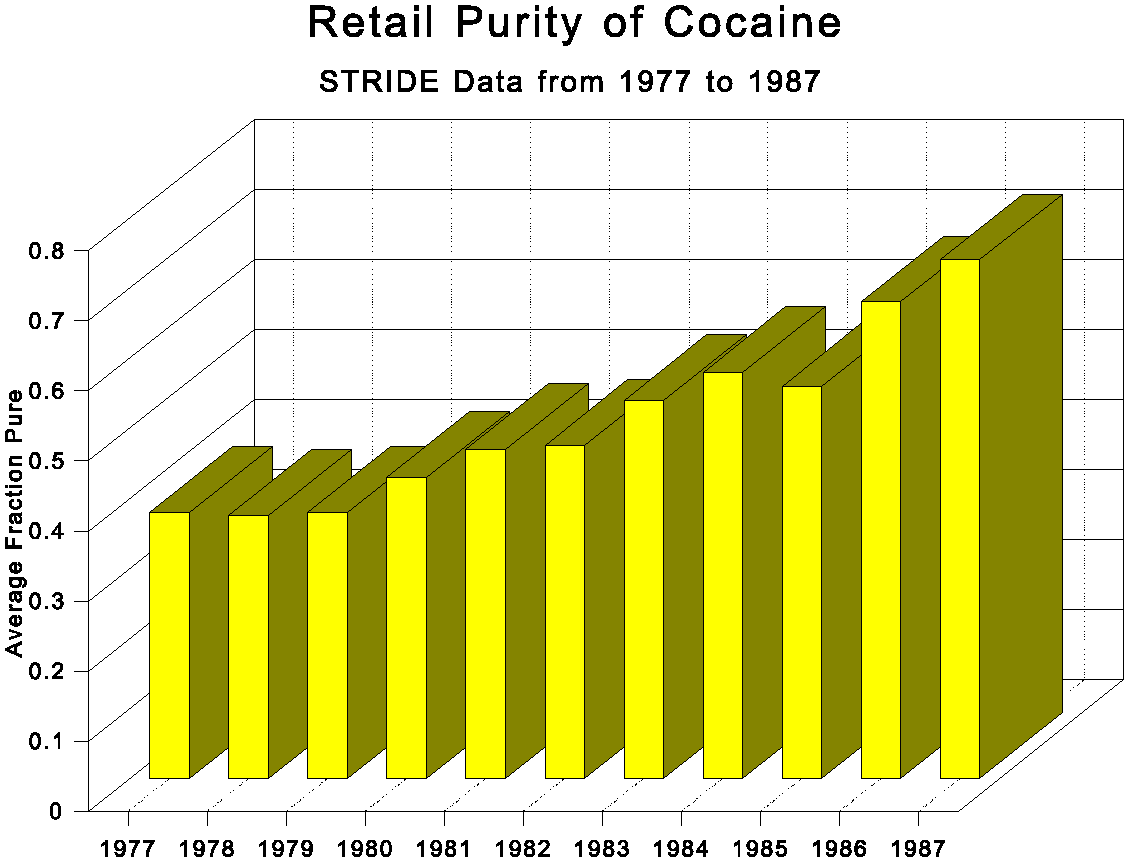

Interestingly, the coca leaf has a long history of being chewed or drank as a tea by some indigienious populations in the region. The top producers of the coca plant are Colombia, Peru and Bolivia. Andean originsĬocaine and crack are produced from the coca leaf, which is primarily grown in the Andean region of South America. These rock-like pieces may be sold or consumed as crack. The hardened solid is removed from the mixture, dried and broken up into pieces. The mixture is then boiled until a hardened substance forms.

First, the cocaine powder is dissolved in the liquids. We know that it is a form of cocaine, but exactly what is crack made from? The rock form of the drug is produced by combining powder cocaine and water with baking soda or ammonia. However, despite their similarities, the two drugs have distinct differences in how they are ingested, how long before the user feels the effects, the duration of the high, and certain impacts on the body during and after use. This is what is known as crack cocaine, or simply as crack.
/GettyImages-aur6500120601-565dfe125f9b5835e49a7f4d.jpg)
Therefore both drugs are considered to be a form of cocaine: The water-soluble hydrochloride salt, which is generally called cocaine or coke, and the water-insoluble cocaine base (or freebase) form. So what is crack, and exactly how is it different from cocaine? Well, in many instances both crack and cocaine are grouped together, as cocaine is the key ingredient needed to produce crack.Ĭocaine, and consequently crack, are both made from Erythroxylon coca Lam, more commonly known as the coca leaf. Because it is not very difficult or expensive to manufacture and delivers almost an immediate high to users, the drug is still abused by many, despite its addictiveness and the negative health consequences. in the 1980s during what became known as the crack epidemic. Crack cocaine is a very addictive stimulant that produces intense highs in users.


 0 kommentar(er)
0 kommentar(er)
